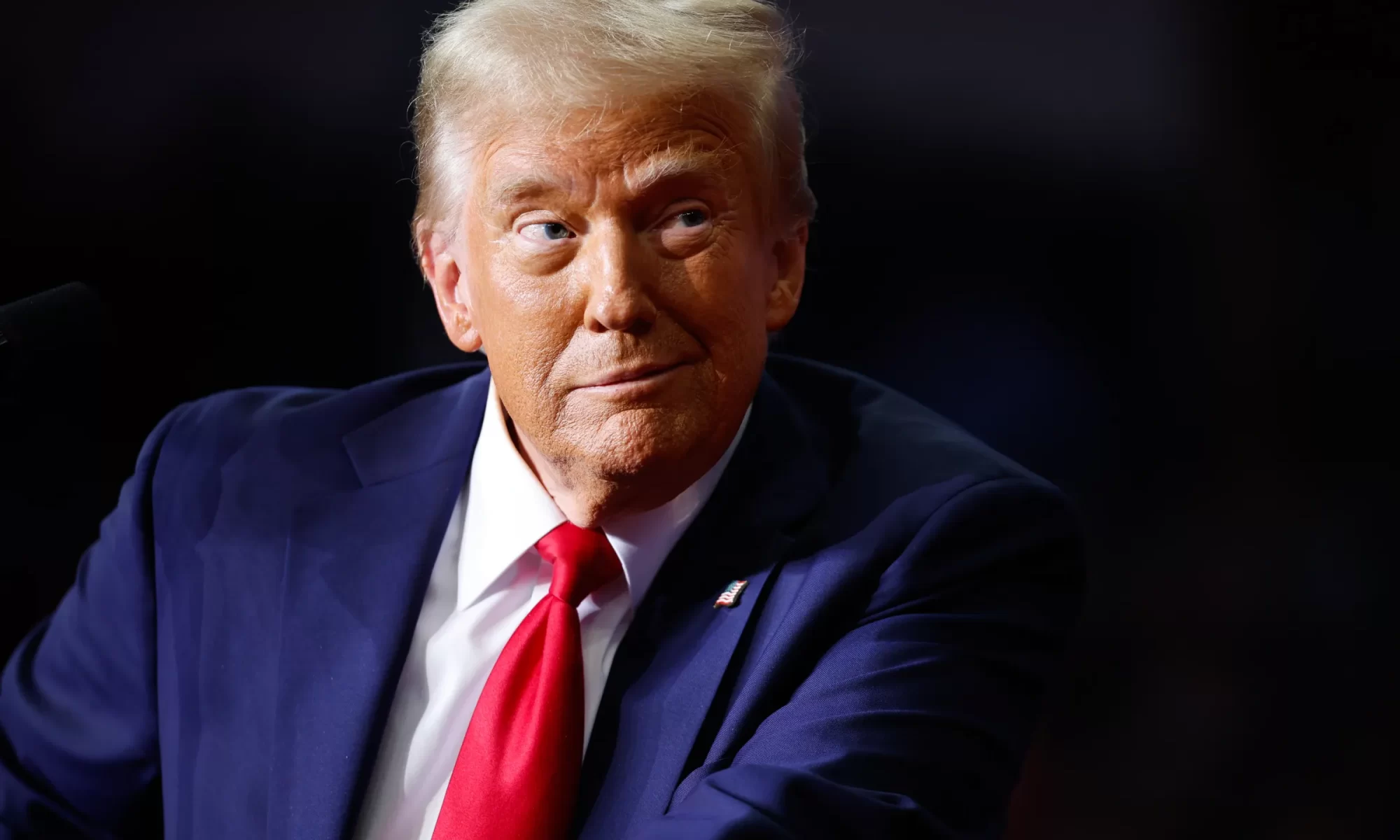Washington, D.C., December 24:
In a controversial announcement, newly elected President Donald Trump has stated that, effective immediately upon his inauguration, the federal government of the United States will officially recognize only two genders: male and female. The declaration, which has sparked widespread debate across the nation, reflects his administration’s approach to gender-related policies.
During a press conference, Trump expressed his stance, calling it a commitment to “biological science and traditional values.” He emphasized, “Under my leadership, the United States will recognize the two genders established by nature. This is about ensuring clarity and consistency in our legal and societal framework.”
This policy, which will likely have implications for education, healthcare, and civil rights legislation, has already drawn praise from conservative groups who have long pushed for limiting gender recognition to binary categories. Supporters argue that the move simplifies public policies and aligns with what they consider to be a scientific understanding of gender.
However, LGBTQ+ advocates, medical professionals, and civil rights organizations have strongly condemned the announcement. Critics argue that it disregards decades of progress in recognizing the complexity of gender identity and marginalizes transgender and non-binary individuals.
“This is not about biology; it’s about erasing people,” said Dr. Rachel Nguyen, a psychologist specializing in gender identity. “The President’s statement undermines the lived realities of millions of Americans and denies them equal protection under the law.”
Legal experts predict that the policy could face significant legal challenges. Under previous administrations, court rulings and federal guidelines affirmed the rights of individuals to self-identify their gender, with protections extending to those who identify outside the traditional male-female binary.
As Trump prepares to take office, the country is bracing for what could be a contentious battle over gender rights. Advocates on both sides of the debate have called for dialogue, but divisions remain stark.
For now, the President’s statement has left Americans questioning how these policies will impact their lives and the broader social fabric of the nation.



